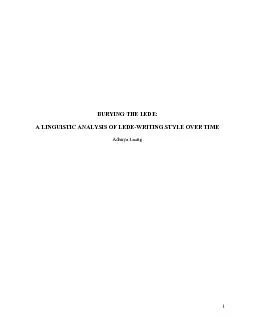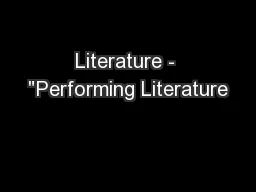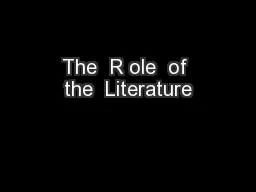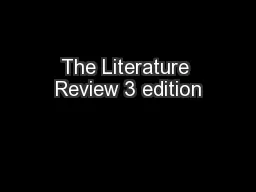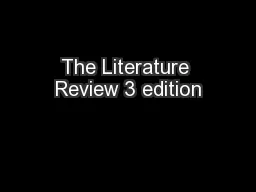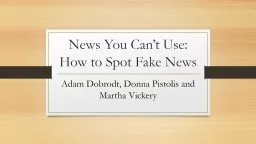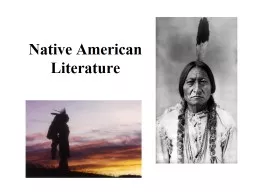PDF-Literature Review 2.1 Changes in the news industry
Author : vivian | Published Date : 2020-11-23
1 more of a human element If readers perceptions of the news are affected by the style in which theyre written then its important to know whether the style of the
Presentation Embed Code
Download Presentation
Download Presentation The PPT/PDF document "Literature Review 2.1 Changes in the ne..." is the property of its rightful owner. Permission is granted to download and print the materials on this website for personal, non-commercial use only, and to display it on your personal computer provided you do not modify the materials and that you retain all copyright notices contained in the materials. By downloading content from our website, you accept the terms of this agreement.
Literature Review 2.1 Changes in the news industry: Transcript
Download Rules Of Document
"Literature Review 2.1 Changes in the news industry"The content belongs to its owner. You may download and print it for personal use, without modification, and keep all copyright notices. By downloading, you agree to these terms.
Related Documents

